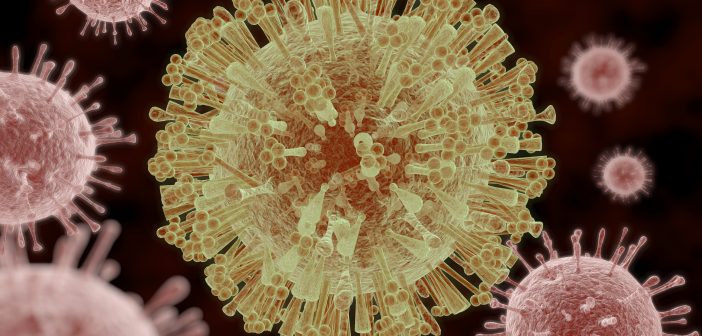Zika vaccine yields promising results for treating glioblastoma

An international team of researchers have successfully deployed a Zika virus vaccine to target and kill human glioblastoma brain cancer stem cells, which had been transplanted into mice.
In the study, published in mBio®, the team demonstrate that a live, attenuated version of the Zika virus could form the basis of a new treatment option for this fatal brain cancer.
Glioblastoma is currently incurable because patients are reported to experience a high recurrence rate of their cancer even after standard treatments of surgery, radiation and chemotherapy. Researchers believe that this recurrence rate is due to glioblastoma stem cells (GSCs), which hide out in nearby brain tissue even after the combination of therapies.
“During the Zika epidemic, we learned that the virus preferentially infects neural progenitor cells in the fetus, and causes the devastating microcephaly seen in babies born to infected mothers,” explained Pei-Yong Shi (University of Texas, TX, USA), co-author of the study.
“We made the connection that perhaps Zika virus could also specifically infect the GSCs, because these cells have similar properties to neural stem cells,” added Jianghong Man (Chinese Academy of Military Medical Sciences, Beijing, China).
In previous work, Shi and his collaborators showed that Zika virus did indeed attack and kill GSCs grown in the lab dish and in a mouse model of glioblastoma. In addition, the Zika virus was much less efficient at attacking the differentiated, healthy brain cells.
The team’s first objective was to determine if there was a safe way to use Zika virus in patients to attack the cancer cells. Thus, Shi’s lab developed a promising live-attenuated Zika vaccine candidate termed ZIKV-LAV, which has been shown to be safe, non-virulent and effective in protection against infection in mice and non-human primates.
Upon injection of ZIKV-LAV in the brains of mice, researchers observed no health effects on the mice, no weight loss and no behavioral abnormalities. The mice were also reported to function normally in tests for anxiety and motor function.
Find similar content on Neuro Central:
- Do viruses play a role in Alzheimer’s disease?
- DCVax®-L as a potential vaccine against glioblastoma
- Zika virus to be investigated as novel glioblastoma treatment
In addition to this, the team wanted illustrate whether ZIKV-LAV could work to infect and kill human patient-derived GSCs in a mouse model. They mixed GSCs from two different patient donors with the ZIKV-LAV and injected the mixture into the brains of mice.
Mice that received the GSCs only injection rapidly developed tumors, whereas mice receiving the ZIKV-LAV injection as well saw a significant delay in tumor development. Co-implanting the virus along with the GSCs also prolonged the median survival time of the treated mice to around 50 days, compared to around 30 days for the untreated mice who received GSCs alone.
Finally, the researchers also investigated the cellular mechanisms that the modified Zika virus used to kill the GSCs. They took GSCs treated with the ZIKV-LAV and those GSCs not treated and sequenced all the RNA messages being expressed in these two cell populations. Upon comparison, the team found that in the treated cells, the virus triggered a strong antiviral response in the cells, which induced inflammation and eventually cell death.
The next steps of their research will involve working with clinicians to develop safety tests of the ZIKV-LAV in glioblastoma patients.
Sources: Chen Q, Wu J, Ye Q et al. Treatment of human glioblastoma with a live attenuated Zika virus vaccine candidate. mBio doi:10.1128/mBio.01683-19 (2018); www.eurekalert.org/pub_releases/2018-09/asfm-zvs091318.php




